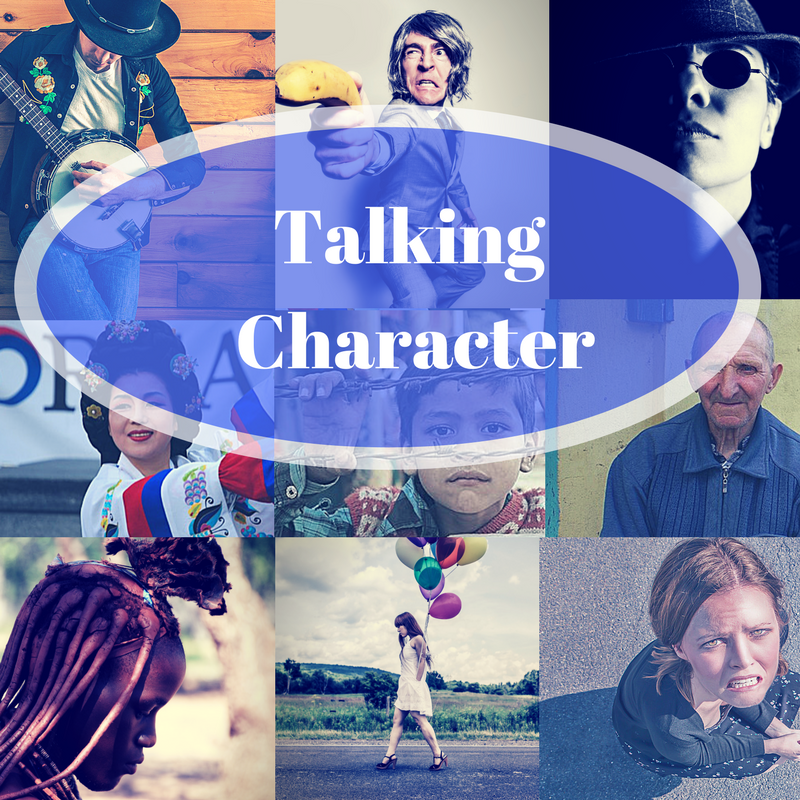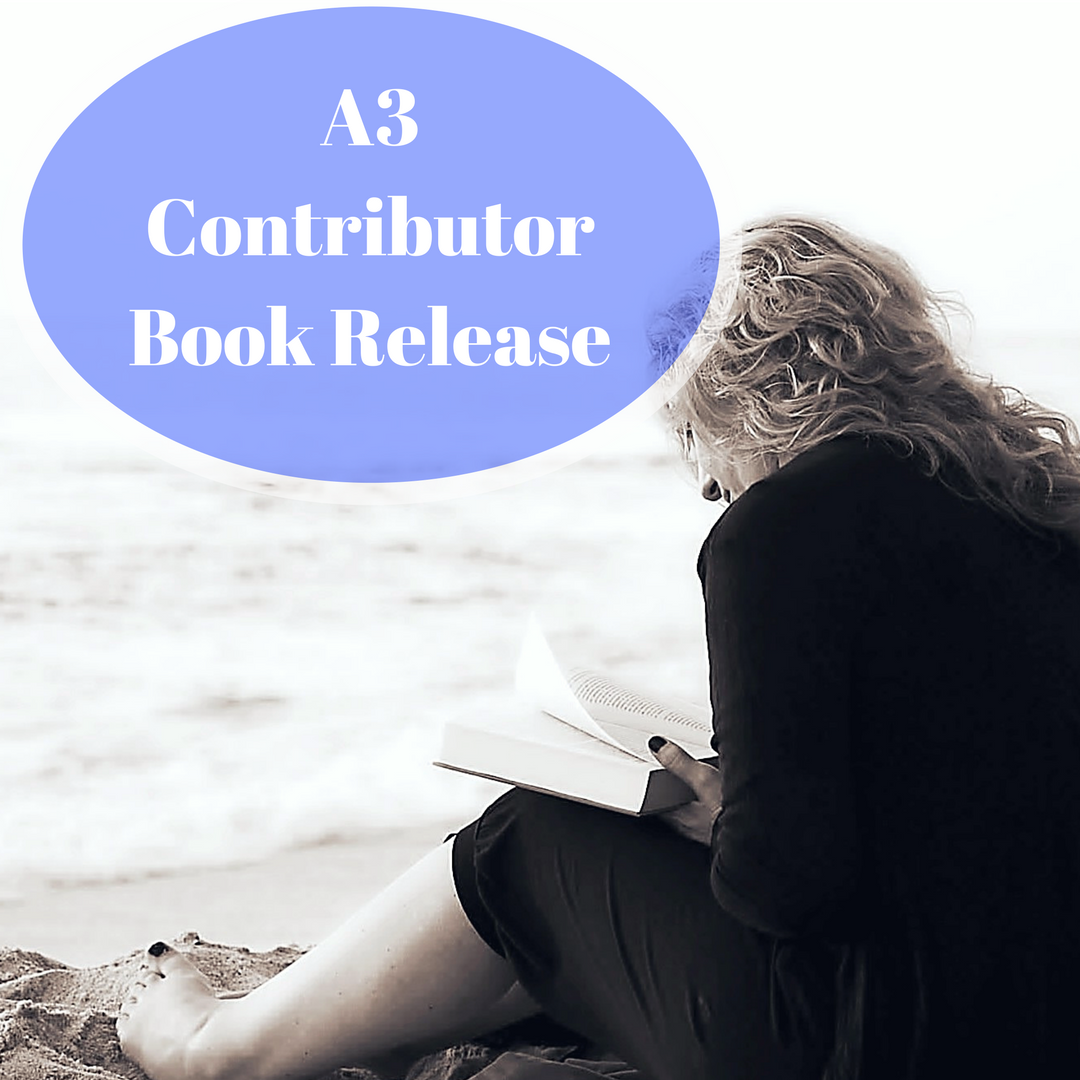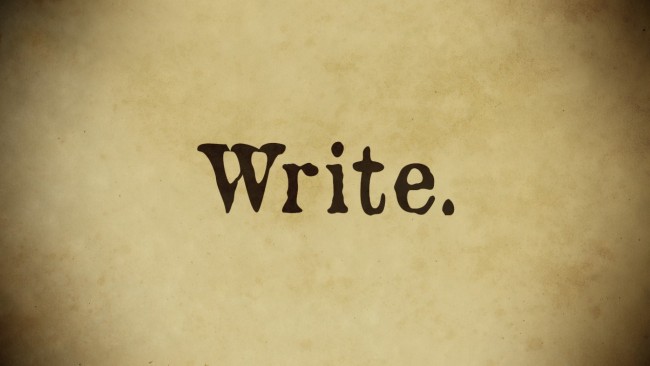
A Trope with a Twist
Readers, particularly romance readers, love stories that feel familiar—shorthand for they use tropes—but also seem new and bring a…
August 23, 2024
Readers, particularly romance readers, love stories that feel familiar—shorthand for they use tropes—but also seem new and bring a…
August 23, 2024
As we continue this editing series how we can develop a great story, I hope you’re able to see…
January 22, 2021
Thank God for retro television channels. I never pictured myself as a “golden oldie.” I used to cringe whenever…
August 6, 2020
When we think of “historical”, we think the story is set in a historical time period, and many of…
July 20, 2020
As writers, we’re generally in the business of creating our own inspiration. When it does strike us unbidden, we…
June 13, 2020
Editors often say they’re looking for stories with “strong female characters.” Many writers take that to mean the heroine…
August 23, 2019
You know the phrase, all an actor needs is an empty room and a script? I’ve heard that idea…
August 7, 2019
When writing a Christian romance novel, should your hero be perfect? I entered a writing contest a few years…
March 23, 2019
What does “disabled” mean? Generally, it covers everything from physical limitations, such as blindness or deafness or not possessing…
March 7, 2019
We’re heading into a New Year. Perhaps you’ve finished a novel during Nanowrimo. Maybe you’re plotting a new story…
December 22, 2018
If you’ve ever been involved in building a house or a major remodeling project, you understand how overwhelming it…
July 20, 2018
My number one pet peeve with Christian films is their unrealistic characters. Christian protagonists seem to be too good…
July 4, 2018
Every fictional character has an entire life’s worth of backstory that happened prior to the opening of your novel.…
June 20, 2018
Story ideas can be like fireworks. They soar and explode in beautiful colors…then their dance fizzles to the ground…
February 4, 2018
In this series, we’re looking at personalities, how to develop them, and where to look for more information about…
September 23, 2017
A writer must find the perfect balance when describing characters, especially when introducing them to a reader for the…
June 19, 2017
by Alycia W. Morales When I started reading the Divergent series by Veronica Roth, friends were conflicted over the…
September 25, 2015
What is it about a story that makes it compelling? Is it the characters? Is it the plot? Is…
August 17, 2015
“Fill your paper with the breathings of your heart.” – William Wordsworth The breathings of our heart, our passion,…
August 14, 2015